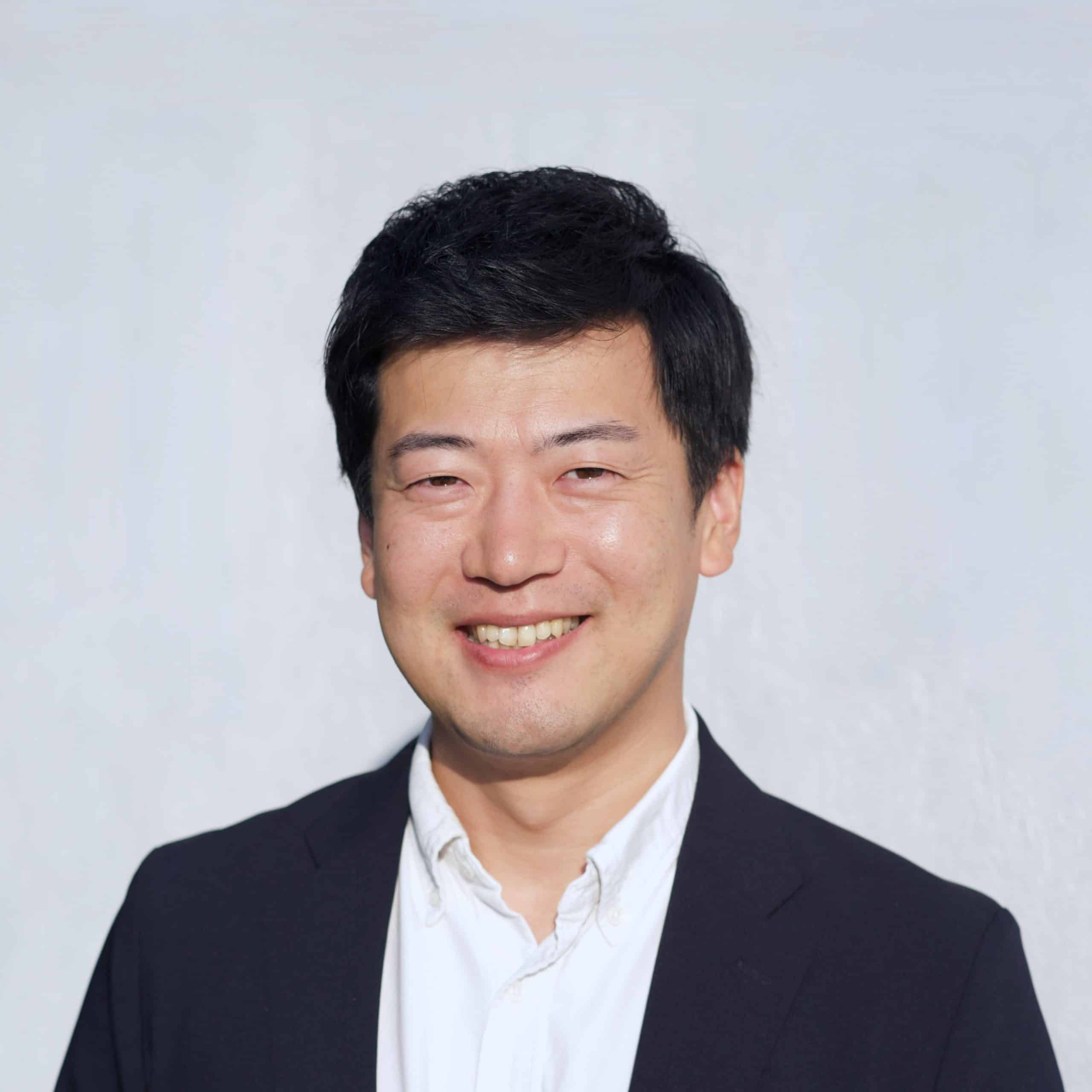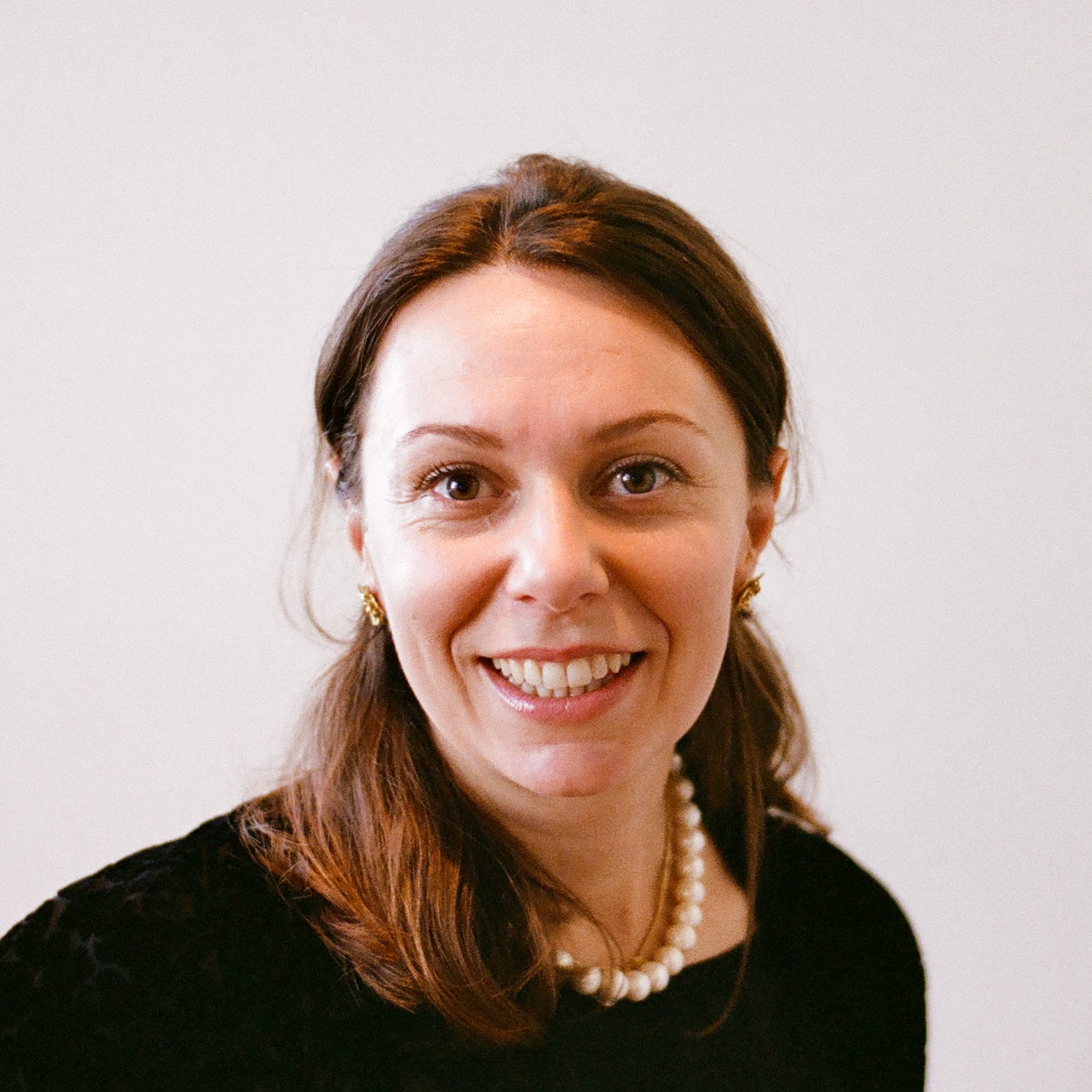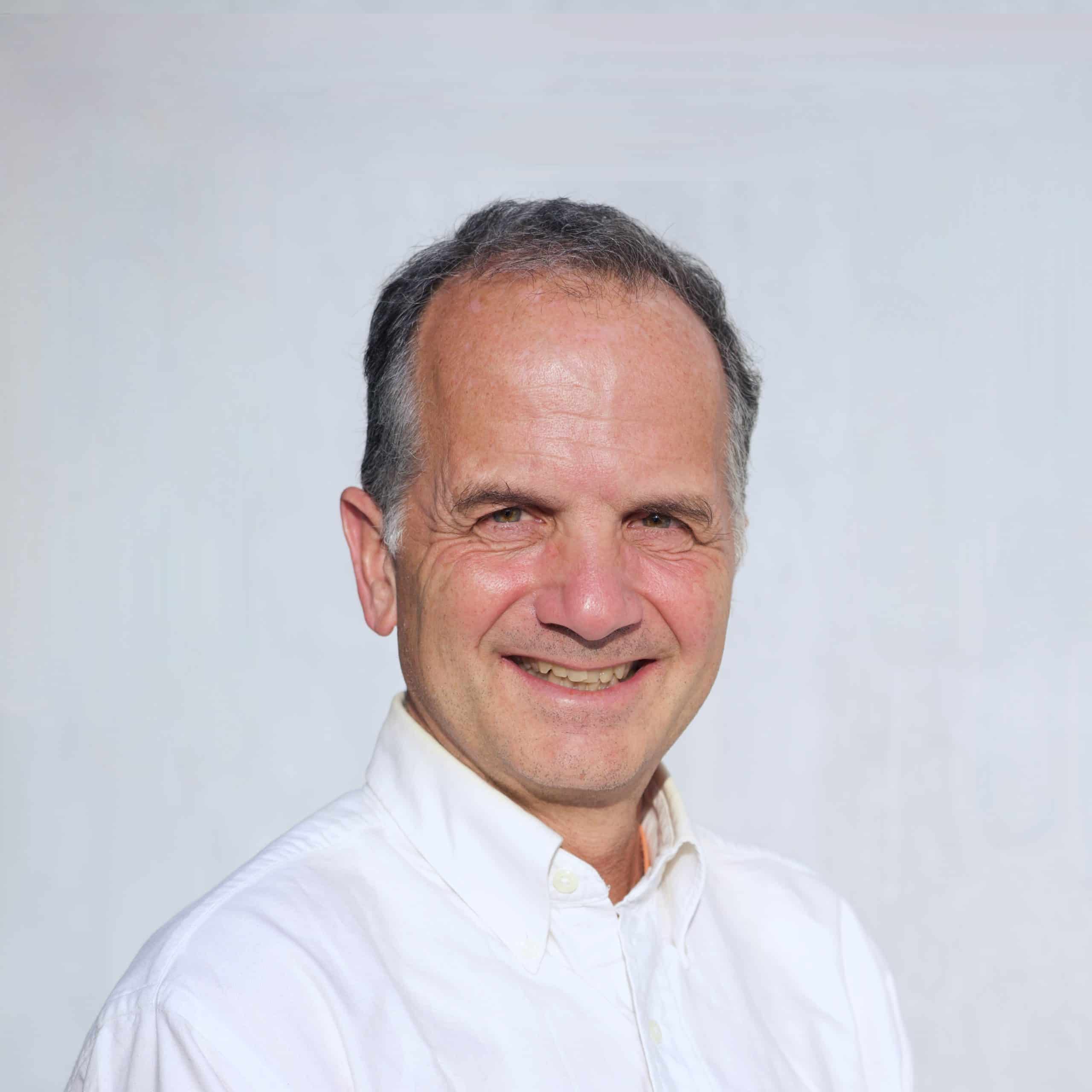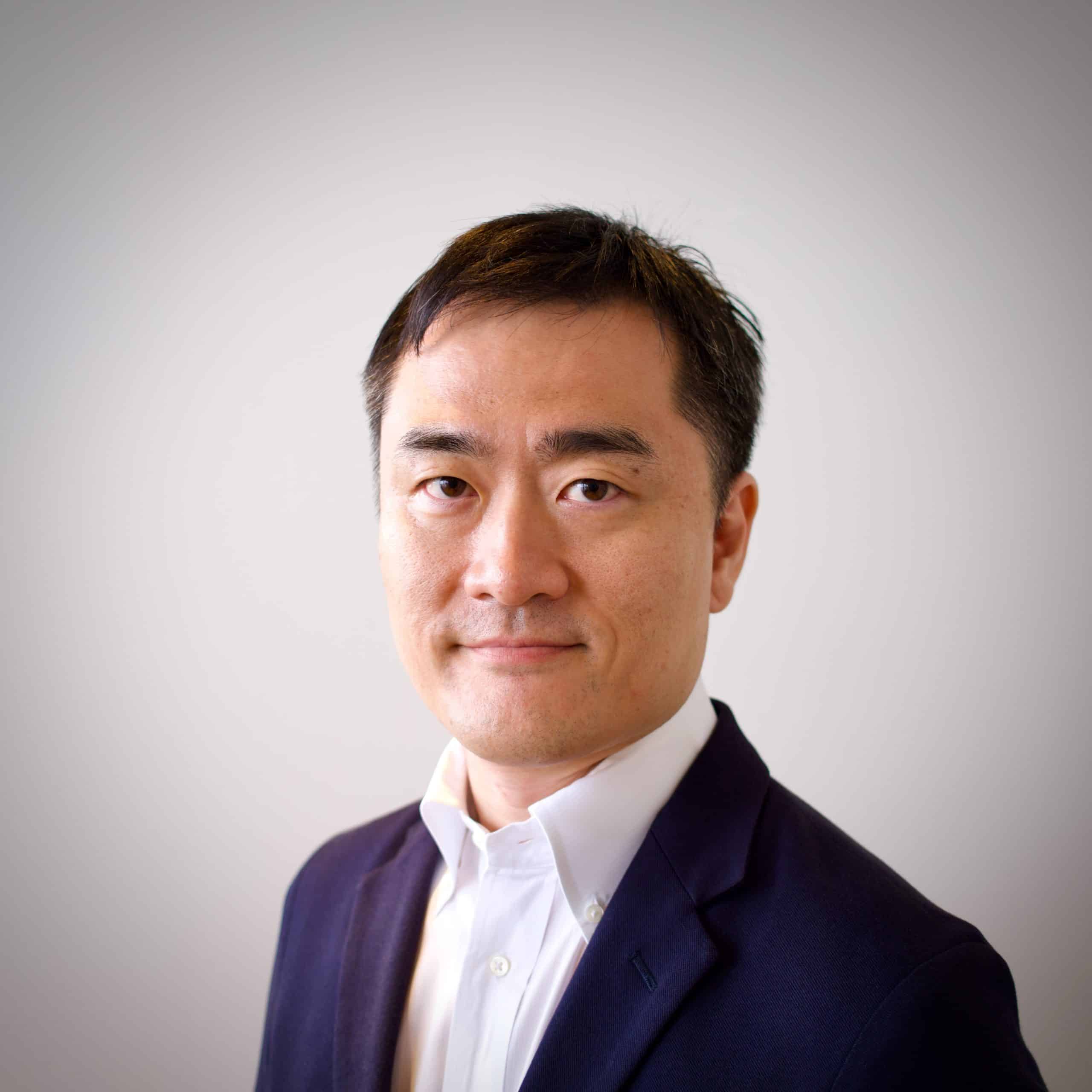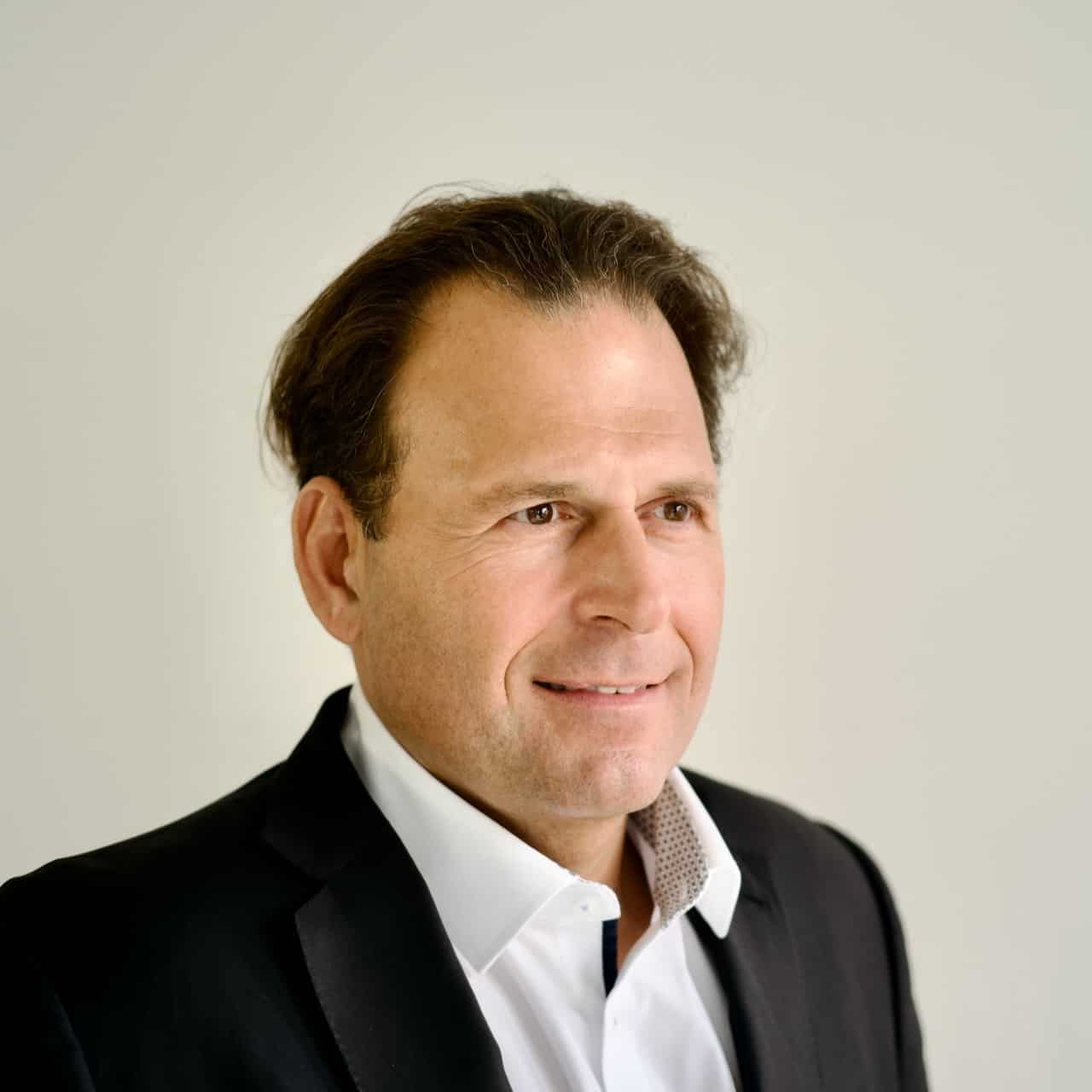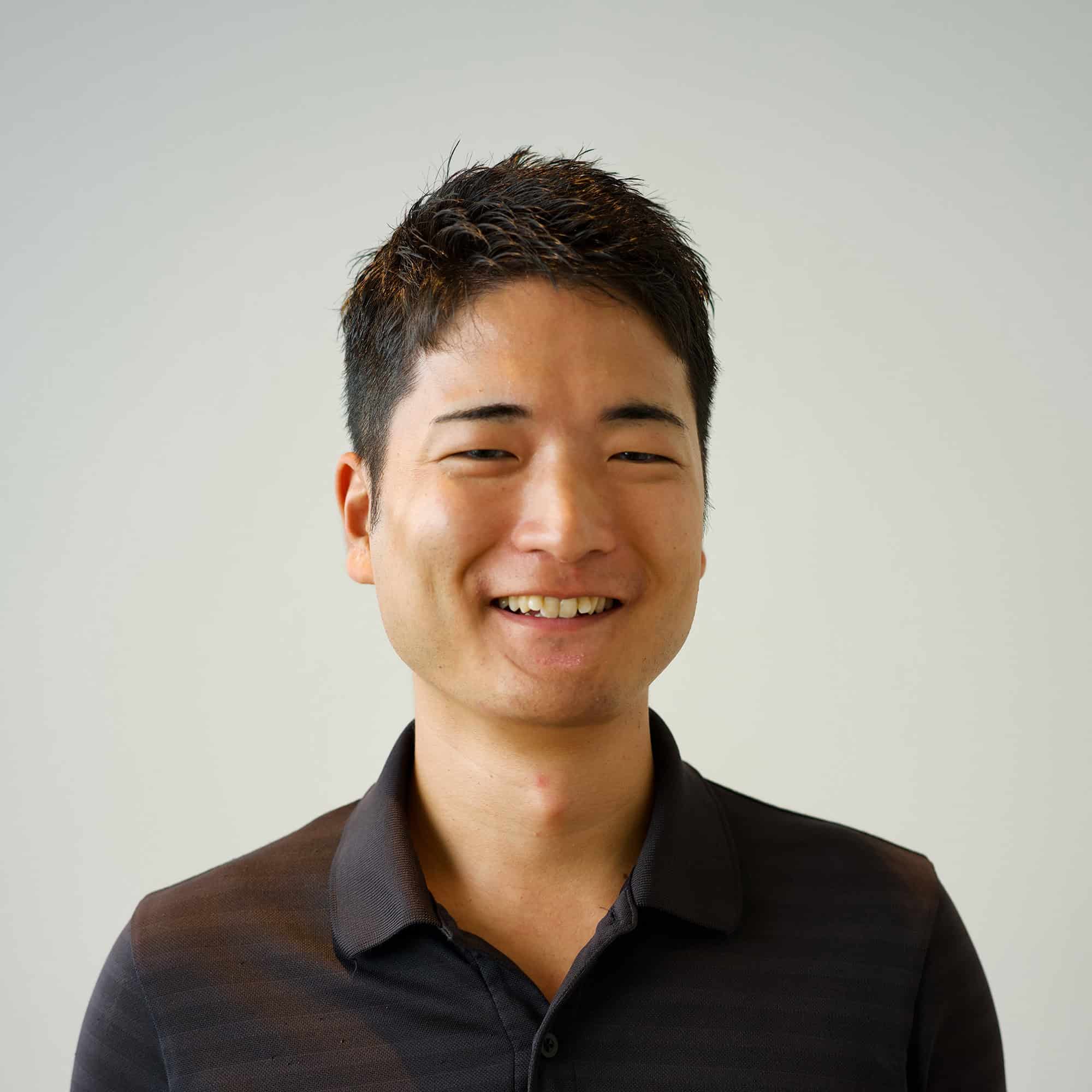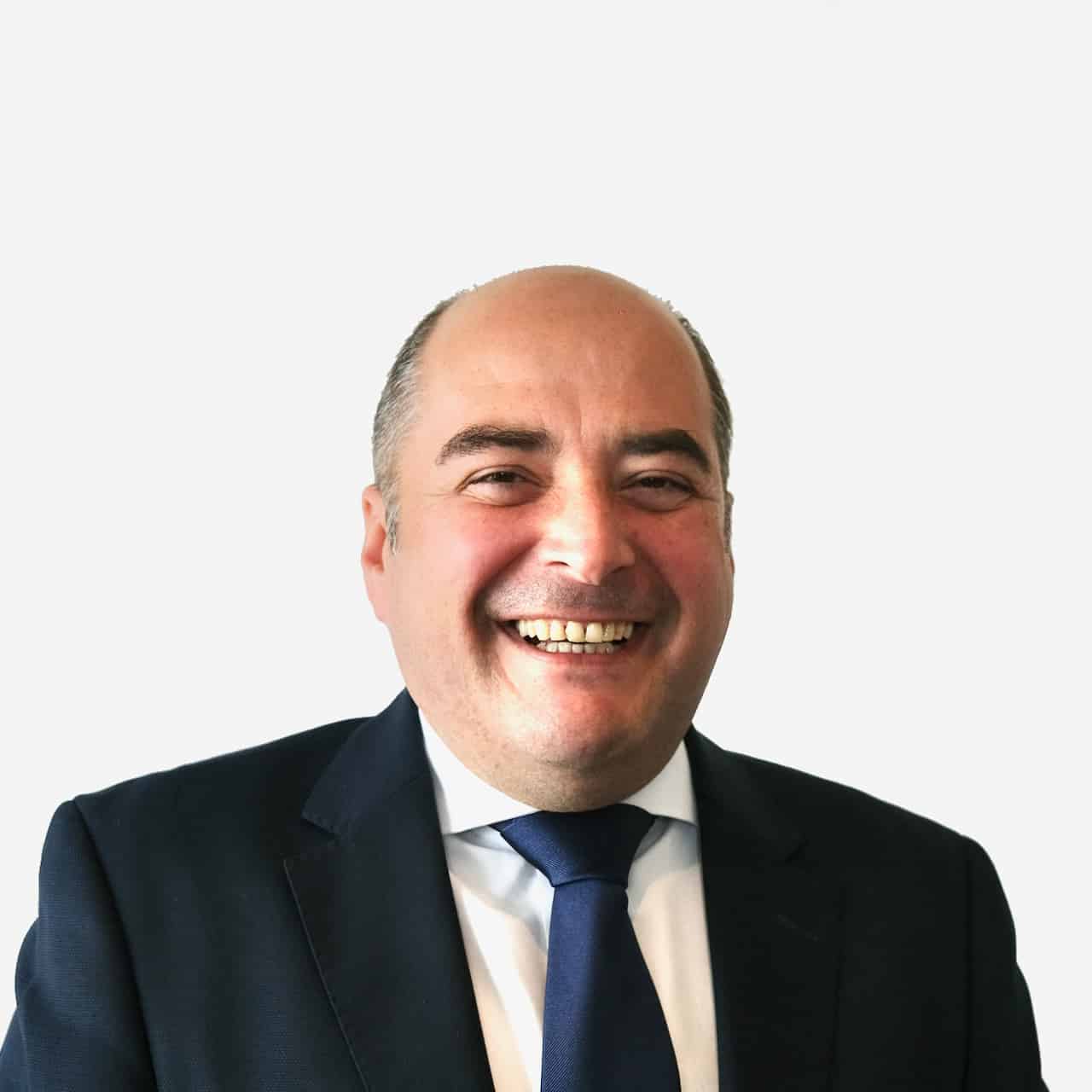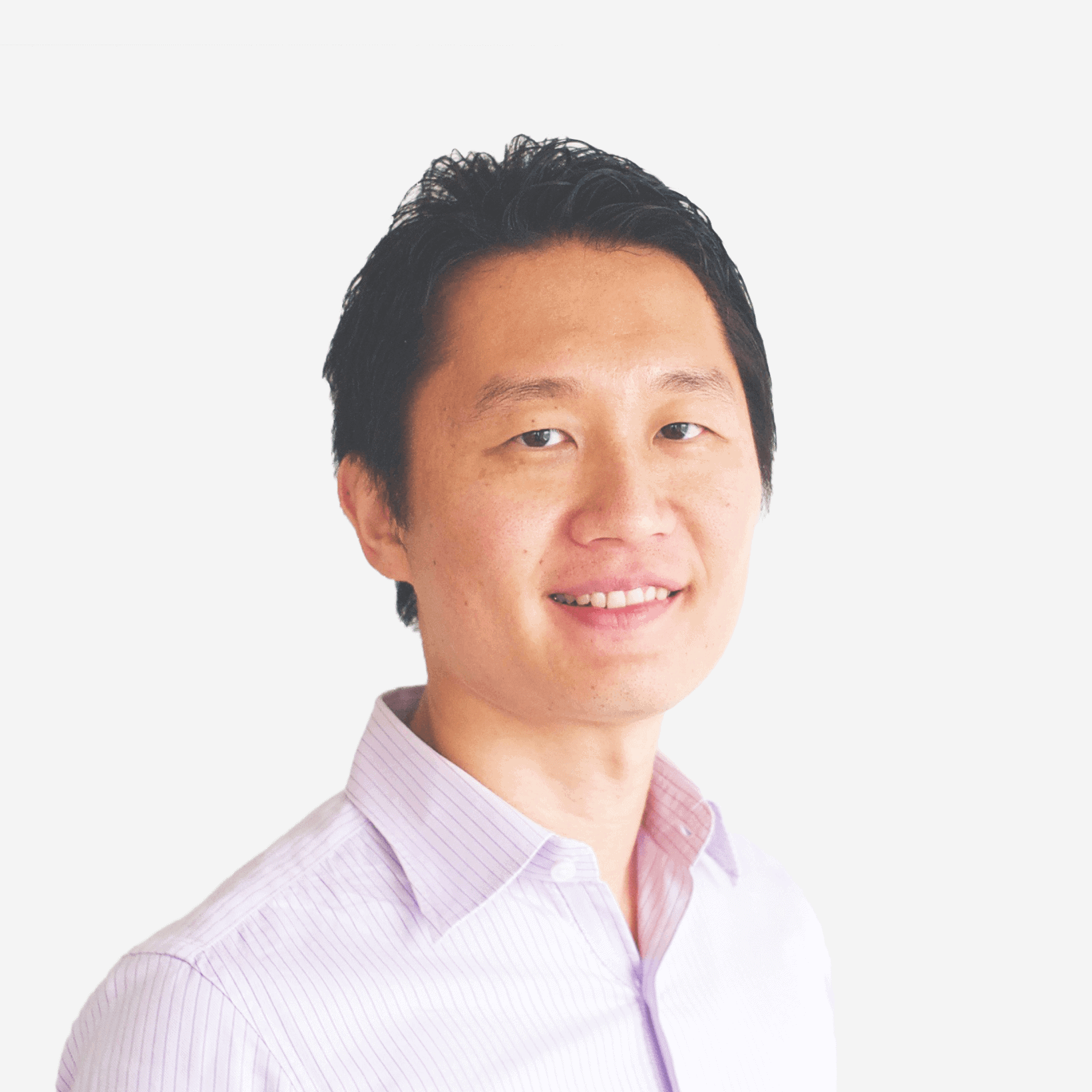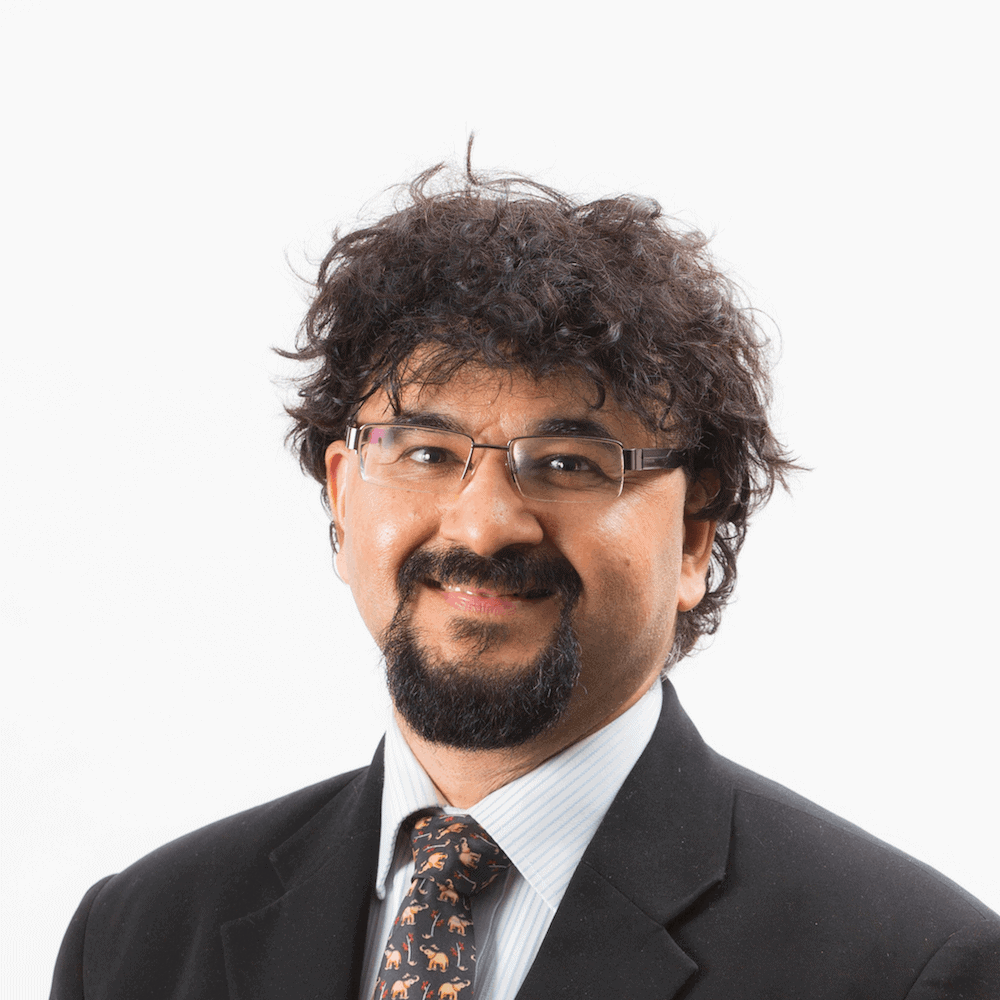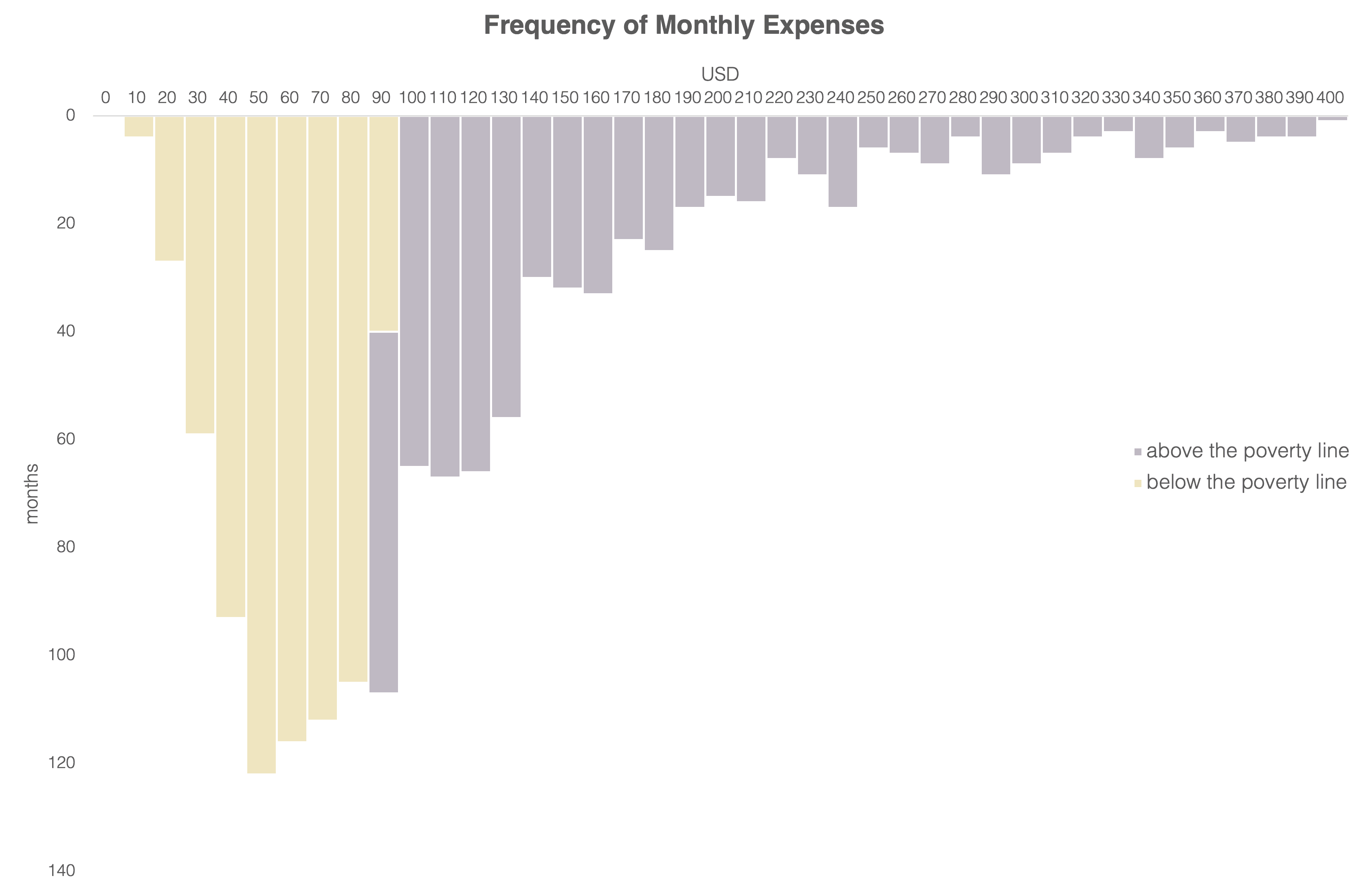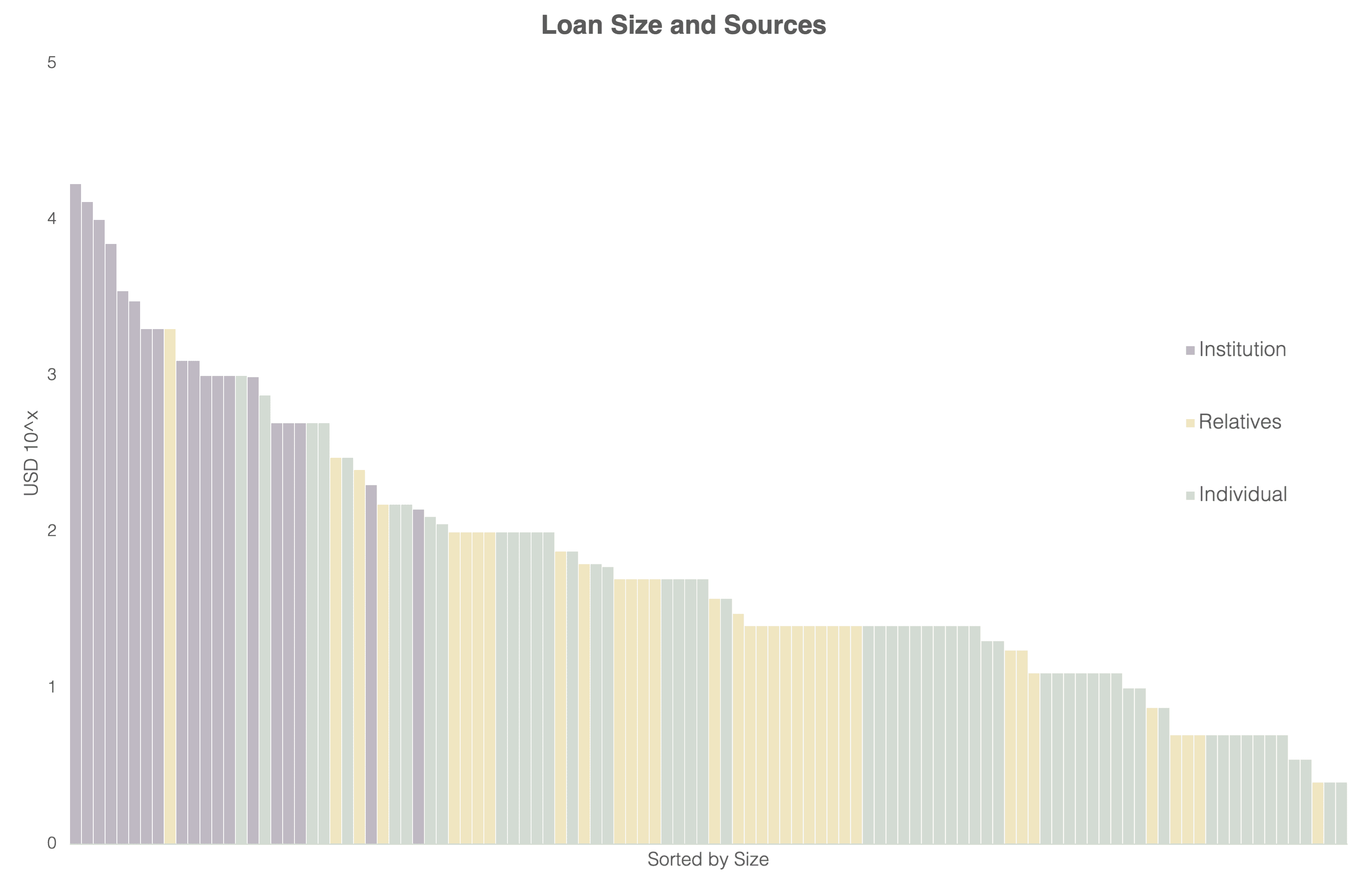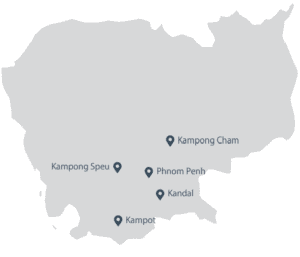
At Gojo, we aim to become the private sector version of the World Bank. More specifically, our mission is to extend high-quality, useful financial services to 100 million people in 50 developing countries around the world. At least 80% of our clients should be living below their national median income.1 Our services are meant to produce tangible impact in the form of financial inclusion, giving everyone, not just a few privileged people, the ability to take control of the direction of their lives. Such an ambition cannot be achieved by doing what has already been done before. We need to break new ground, discover novel angles in doing microfinance. To put it in more mundane words, we have to innovate. We're investing heavily in just that, and a key tool we are using is technology.
When it comes to doing new things with tech, Silicon Valley and startups around the world give us a well-tested (and amply written-about) framework. Simplifying greatly, this approach can be distilled into two concepts.
The first key point is understanding the customer deeply. Listen and observe carefully. Constantly measure everything about how the product is functioning in the hands of users. That way you can be fairly confident that you're solving actual problems, rather than imaginary ones.
Second, experiment often and fast. Product management expert Marty Cagan of Silicon Valley Product Group coined the "inconvenient truths about product": at least half of all ideas simply don't work out, and those that do work take multiple iterations to get right. Mistakes are not to be avoided but rather normalized as a useful part of a healthy creation process.
These two ideas form a powerful feedback loop for product innovation. They are at the core of popular “movements” like Lean Startup and Human-Centered Design, the power of which we believe in at Gojo. We could naively apply these lessons by the book and say that we're innovating. Unfortunately however, the Silicon Valley model on its own is not sufficient to get to where we're heading.
If we are to become the Private Sector World Bank, increased profits and growth are not enough. There's another type of "fit" here, beyond product-market fit, that we have to reach: we need to bring real change in people's lives. Selling a lot of financial products that, for instance, help clients solve temporary needs, without long-term improvements, cannot be considered a success. Even worse, there is a risk of doing harm by creating dependency and indebtedness spirals. Unlike video-game companies and social-media giants, creating addiction is definitely not something we seek.
How do we innovate around all these traps, then?
As a company, we are still new at making products. We will have a lot to learn as we go forward. However, we do already have some experience as a team and we put much thought into these problems. Our product team is already hard at work. Here is how we believe it should be done:
Work extra hard to get in the client's shoes
Because we come from very different cultures and lifestyles from our clients, it is especially important to throw away all of our assumptions and learn directly from the people we serve, in their context. All of Gojo's members, regardless of role, visit our partner companies regularly (when traveling is safe), learn from them and go with them to meet our clients. We are also blessed with the counsel of some of the most respected experts in the financial lives of the poor, such as our director Stuart Rutherford.
Own the pipeline
To be nimble with the validation of our ideas, and to keep a super-high pace of iterations, we cannot afford to depend too much on third parties when it comes to technology. Asking tech partners for permission to make even tiny changes, negotiating contracts and timelines all the time, would kill our velocity. That is why we have our own technology team with fintech and product experience, and we build the core tools and platforms ourselves. Of course, we do welcome partnerships in non-core areas, but we keep the product development and delivery pipeline firmly in our own hands.
Measure the outcomes
Numbers like app installation counts, processing times, or outstanding portfolios are only half of our KPIs. They are direct outputs, not outcomes on the lives of our clients. To see that missing half, we now have a team dedicated exclusively to impact measurement. They are now working closely with our Tech Team to build those measurements right into our solutions and make the product feedback loop truly effective.
Look at your real competition
Some other microfinance institutions provide high-quality, useful financial products that we surely want to match and surpass. But when impact is the goal, there are non-institutional players to keep in mind. For instance, often low-income households borrow from so-called informal lenders, who charge extremely high interest rates, or from wealthier relatives straining family relationships and self-esteem. Yet, these forms of borrowing are still popular even when cheaper, safer loans are available from microfinance institutions. Why do our products fail to eliminate the need for those unpleasant and risky informal debts? Clearly, it's not just the rates. Unless we treat those channels as first-class competition, we won't be able to answer such questions and change the dynamics in favor of the clients.
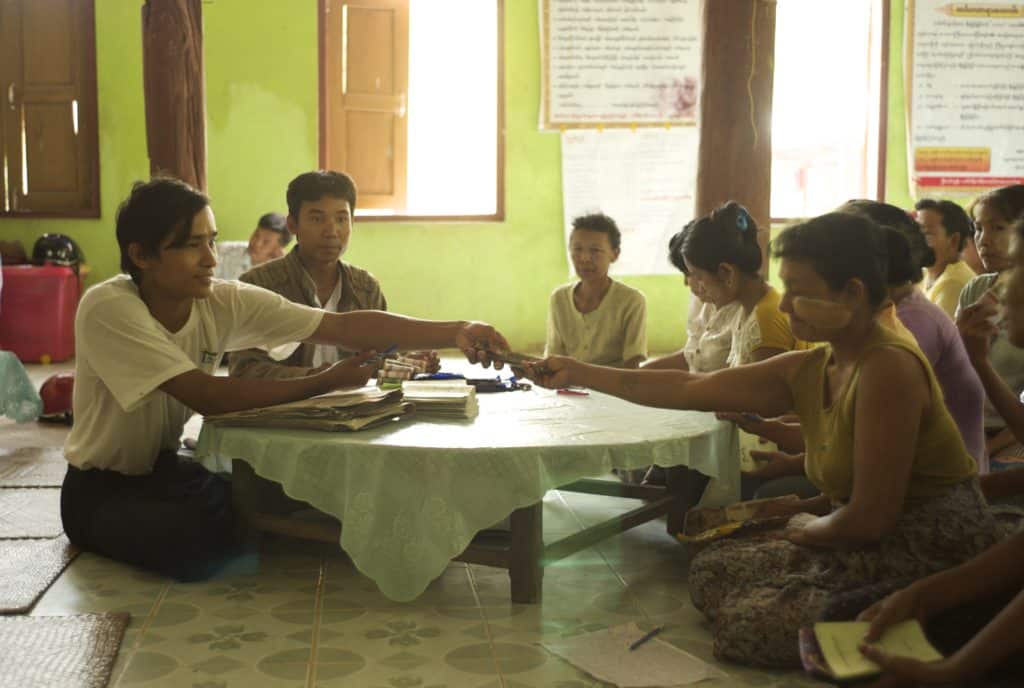
While I believe that the points above may indeed help, perhaps the single most important insight that we will need to keep in mind is that large-scale success in this endeavor is more about people than it is about technology.
No one, to my knowledge, has put it better than Kentaro Toyama, professor at the University of Michigan and formerly a researcher of impactful innovation at Microsoft Research India. In his book Geek Heresy: Rescuing Social Change from the Cult of Technology, he introduced the "Law of Amplification", stating that technology merely amplifies any effects of pre-existing human intentions and abilities, whether positive or negative. Technology can't be a silver bullet; you can’t expect it to guarantee results on its own.
"Yet CIOs everywhere are asked to perform exactly that sort of wizardry. The more experienced ones are careful not to promise too much. Technology can improve systems that are already working—a kind of amplification—but it doesn’t fix systems that are broken. There is no knowledge management without management."
People, be they our clients or colleagues, will remain the drivers of our innovation. When we do finally reach the last person in the world who needs our services, perhaps somewhere in Africa or South America, it will be the fruit of the love and collaboration of humans.
Marco is part of Gojo's tech team and works on developing Gojo's digital products and strategy. He is currently leading the development of Gojo's Digital Field Application (DFA) in MIFIDA, our partner company in Myanmar.
- To get a feeling for how low this can be, in 2013 the global median income per person was about $170 per month, adjusted for purchasing power parity. It is projected to reach around $300 per month PPP by 2035.




